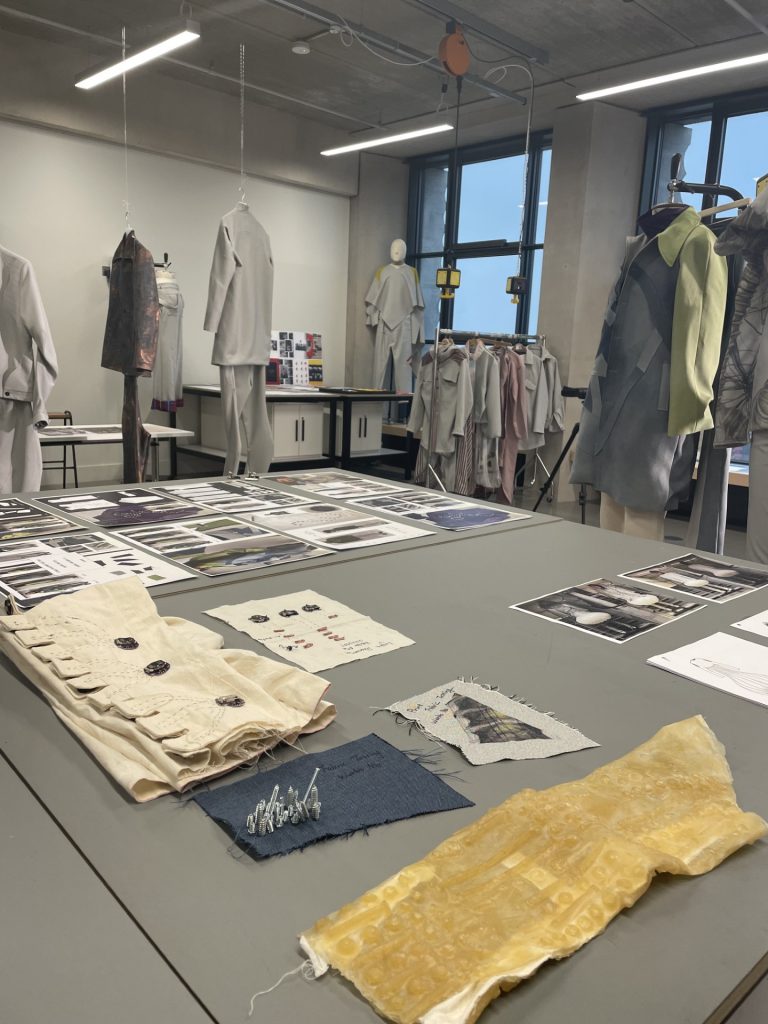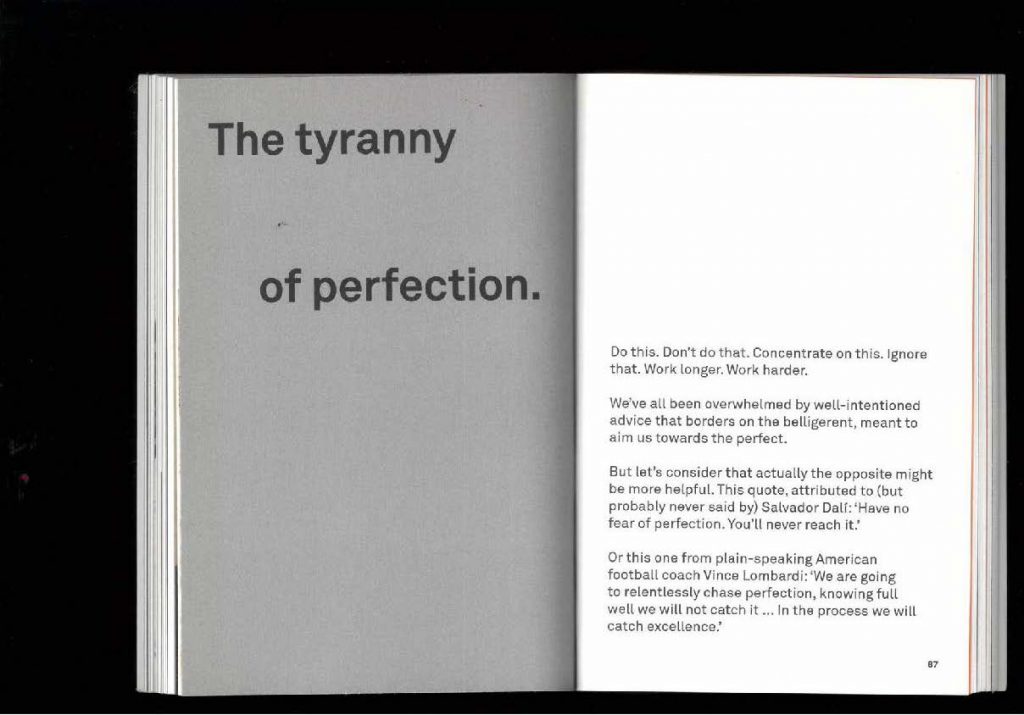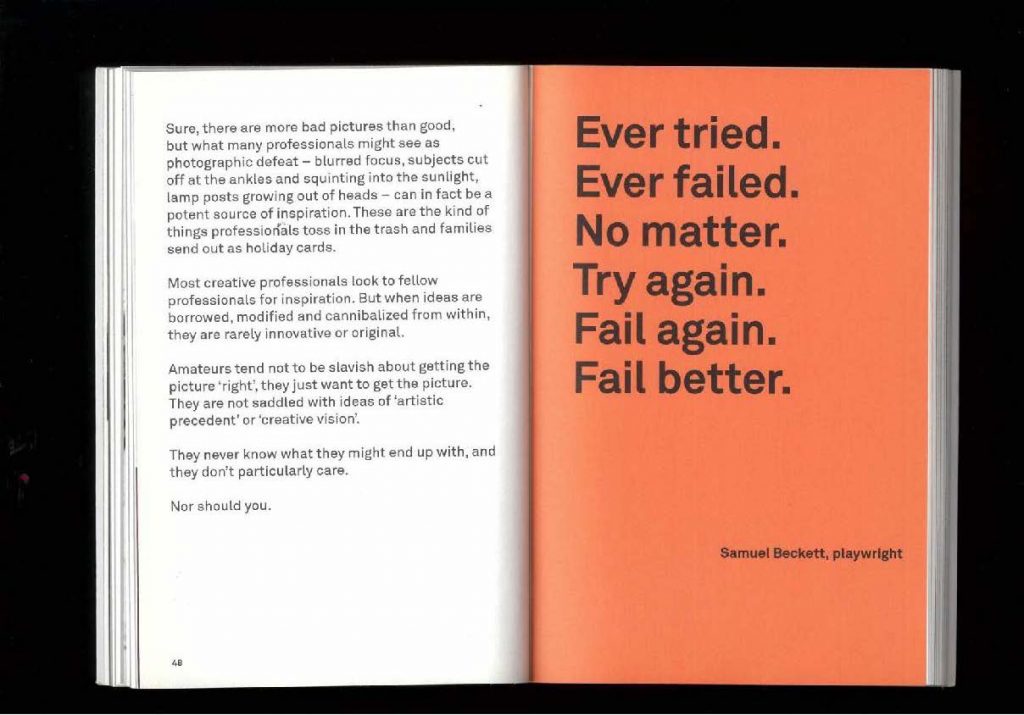The studio has traditionally been the heart of art and design education, providing a space for collaboration, experimentation, and hands-on learning. However, with the rise of digital learning environments—accelerated by the COVID-19 pandemic—the role of the studio has undergone a significant transformation. This shift raises important questions about how students engage with creative spaces and the implications for teaching practices.
Historically, the studio has functioned as more than just a workspace; it fosters peer-to-peer learning, serendipitous discoveries, and an immersion in creative culture (Schön, 1983). However, post-pandemic, many students have become accustomed to working from home, challenging the traditional necessity of physical studio spaces.

Fiona Peterson (2020) discusses how hybridized learning environments may support diverse learning styles, allowing students to blend physical and digital workflows. However, while hybrid models offer flexibility, they also risk diminishing the studio’s role as a communal and collaborative hub. Without regular studio engagement, students may miss out on the tacit knowledge exchange that occurs through informal interactions.
Challenges and Opportunities in a Post-Pandemic Landscape
One pressing concern is whether students who prefer remote working are missing critical aspects of embodied knowledge and materiality. The RCA podcast on ceramics and sculpture education highlights how incoming students increasingly lack hands-on experience, requiring adjustments in pedagogical approaches. This shift necessitates careful curriculum design to ensure that digital learning does not replace essential material exploration.
As education continues to evolve, institutions must rethink how they define and utilize studio spaces. The challenge is finding a balance that maintains the benefits of physical interaction while integrating the advantages of digital learning. Further research is needed to assess the long-term effects of hybridized studio learning on creative practice.

Ambiguity and open-ended exploration are fundamental to art and design education, fostering innovation and adaptability. However, as tuition fees increase, students may feel pressured to seek clear, measurable outcomes rather than engage in risk-taking and experimentation. This shift raises critical questions about whether financial pressures are stifling creative exploration.
Ambiguity is a threshold concept in design education, requiring students to embrace uncertainty as part of the learning process (Meyer & Land, 2003). However, with education increasingly framed as a consumer service, students may feel uncomfortable with uncertainty, perceiving it as a lack of direction rather than an opportunity for discovery.
The shift toward a market-driven education system means that students, as fee-paying customers, expect tangible returns on their investment. This expectation may lead to a demand for prescriptive learning paths, where students resist ambiguity in favour of clear, structured outcomes (Brown & Carasso, 2013). This raises concerns about whether risk-taking—an essential aspect of creativity—is being sacrificed.
While ambiguity remains vital for creative development, educators must balance fostering exploration with addressing student concerns about employability and return on investment. Future research should explore strategies to encourage risk-taking while acknowledging the realities of higher education funding.

References:
- Meyer, J. H. F., & Land, R. (2003). “Threshold Concepts and Troublesome Knowledge.” Improving Student Learning – Ten Years On, OCSLD.
- Brown, R., & Carasso, H. (2013). Everything for Sale? The Marketization of UK Higher Education. Routledge.
- Schön, D. A. (1983). The Reflective Practitioner: How Professionals Think in Action. Basic Books.
- Peterson, F. (2020). “Hybrid Spaces for Creative Learning.” Journal of Design Education, 34(2), 57-73.
Leave a Reply